Japanese Aloe?
momovtwo
12 years ago
Featured Answer
Sort by:Oldest
Comments (14)
Central_Cali369
12 years agohoustontexas123
12 years agoRelated Professionals
Parole Landscape Architects & Landscape Designers · Brookline Landscape Contractors · Deerfield Beach Landscape Contractors · New Berlin Landscape Contractors · Parker Landscape Contractors · Soddy Daisy Landscape Contractors · Chicago Ridge Landscape Contractors · Richfield General Contractors · Saginaw General Contractors · Sheboygan General Contractors · Fairfax Carpenters · Commerce City Decks, Patios & Outdoor Enclosures · Des Moines Decks, Patios & Outdoor Enclosures · Northglenn Decks, Patios & Outdoor Enclosures · Westminster Decks, Patios & Outdoor Enclosurescactusmcharris, interior BC Z4/5
12 years agohoustontexas123
12 years agowantonamara Z8 CenTex
12 years agohoustontexas123
12 years agocactusmcharris, interior BC Z4/5
12 years agohoustontexas123
12 years agohawaiiherbgarden
10 years agohawaiiherbgarden
10 years agoMNsucculentgarden
10 years agoZ Man
7 years agoアミスケネディ
7 years agolast modified: 7 years ago
Related Stories

GARDENING AND LANDSCAPINGGreat Design Tree: Japanese Maple
Lacy form and fiery fall color make Japanese maple a welcome tree for garden or patio
Full Story
LANDSCAPE DESIGNGet Along With Less Lawn — Ideas to Save Water and Effort
Ditch the mower and lower your water bill while creating a feast for the eyes with diverse plantings and gathering places
Full Story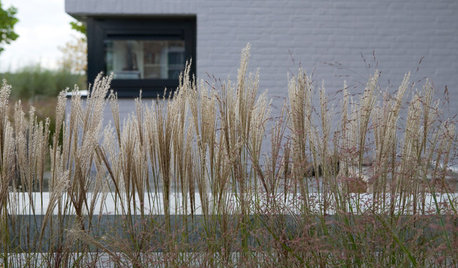
LANDSCAPE DESIGNConsider a Plant as Living Sculpture
If traditional garden art isn’t really your thing, plant living art instead
Full Story
GARDENING AND LANDSCAPINGBackyard Dreaming: 13 Ideas to Spark Your Imagination
Transform your yard or patio this spring by turning your thoughts to outdoor flights of fancy now
Full Story
INSPIRING GARDENSNative Plants Bring 10 Southern California Front-Yard Gardens to Life
Rare plants, rain gardens and wildlife habitats are just a few of the features showcased on the 2016 Theodore Payne Native Plant Garden Tour
Full Story
TRAVEL BY DESIGNTravel Guide: Vancouver for Design Lovers
You'll find more than just great architecture in this diverse coastal Canadian city — terrific parks, shops, eateries and museums abound too
Full Story
DECORATING GUIDES18 Clever DIY Ideas from 6 Home Décor Bloggers
Put your own spin on inventive decorating ideas like tin-can planters, knitted cozies, extra shelving, creative curtains and more
Full Story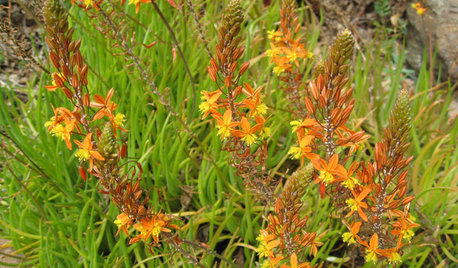
GARDENING GUIDESGreat Design Plant: Bulbine Frutescens 'Hallmark'
Plant this low-maintenance succulent now for brilliant eye-catching orange blooms in spring
Full Story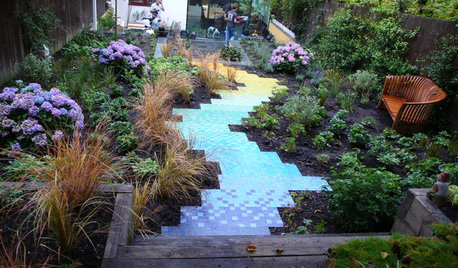
LANDSCAPE DESIGN24 Garden Paths to Inspire Memorable Journeys
Winding or straight, narrow or wide, densely or sparsely planted — there’s more than one way to design a walk
Full Story
CONTAINER GARDENSChoose Complementary Colors for Dazzling Container Gardens
Red and green, purple and yellow, and blue and orange are opposing pairs that work in perfect harmony
Full Story





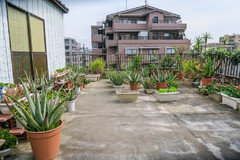

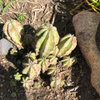

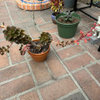
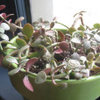
paracelsus